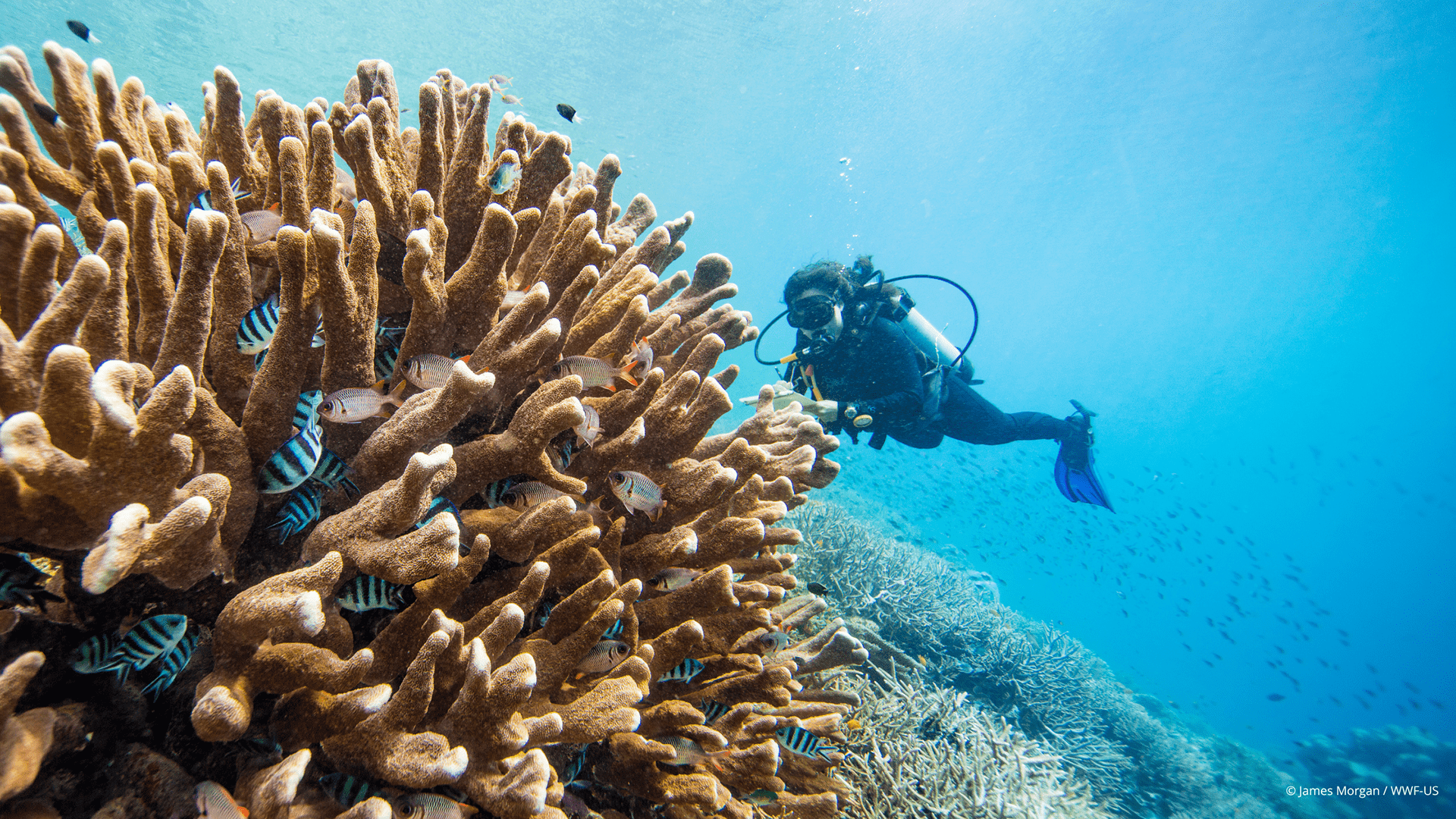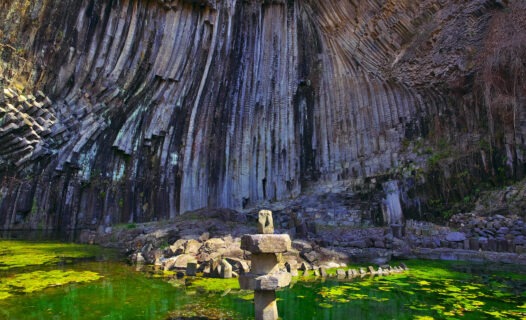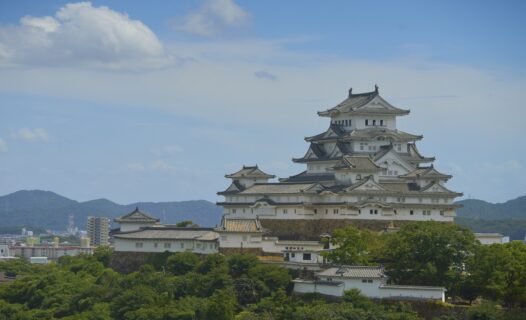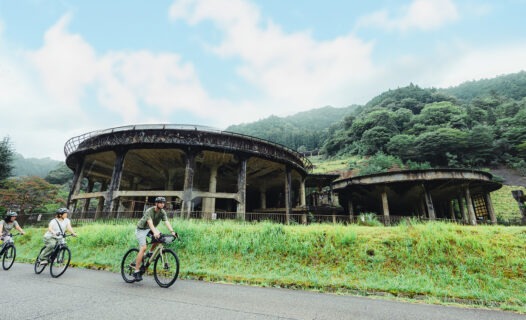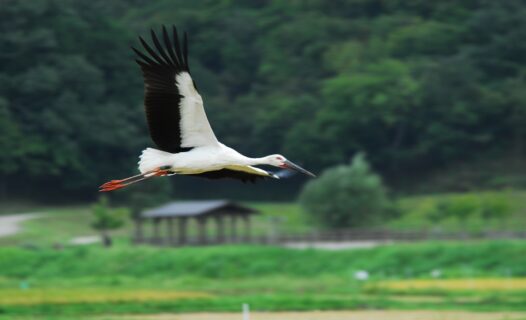Spoiler alert: you don’t need to hop on a 20-hour flight to Africa for a world-class wildlife adventure!
Southeast Asia might just be one of the world’s best-kept secrets for nature lovers. With elusive tigers roaming ancient rainforests and whale sharks gliding through coral-rich seas, this region is teeming with biodiversity, but it’s often overlooked as a wildlife destination.
With a myriad of different landscapes (think dense jungles, vibrant reefs, winding rivers, and sprawling mangroves), Southeast Asia is home to iconic species like the Sumatran orangutan, Malayan tiger, Asian elephant, and over 600 species of coral. Countries like Indonesia, Malaysia, and the Philippines rank among the highest in the world for their species diversity and endemism.
But with this richness comes fragility. Deforestation, climate change, and poorly managed tourism are among the many pressures that have placed these delicate ecosystems at risk.
Still, there’s no need to pack guilt into your suitcase: travel doesn’t always have to come at a cost to nature. In fact, when done right (read: responsibly and sustainably), tourism can act as a powerful force for conservation.
In this guide, we’ll highlight some of Southeast Asia’s most unforgettable wildlife encounters and how your trip can support the protection of the places, people, and species that make this region so unique.

Wild Elephant Watching in Kui Buri National Park, Thailand
Tucked away in the coastal town Prachuap Khiri Khan of western Thailand, Kui Buri National Park is one of the best places to see wild Asian elephants in their natural habitat. Featuring picturesque mountainous terrain, the park is also home to gaur, golden jackals, various deer species, langur, and a variety of birdlife – over 260 species!
What sets Kui Buri apart from mass-tourism elephant parks is that it offers a truly ethical wildlife viewing experience. Local guides lead small groups into the park at designated times, ensuring that visitors observe from a respectful distance without disrupting the animals’ natural behaviour. It’s an approach that balances tourism with the needs of wildlife, while supporting local livelihoods at the same time.
Your visit will also support the conservation efforts that help ensure the park remains a sanctuary for the elephants and other wildlife. As part of Agoda’s Eco Deals initiative, tourism revenue funds protection activities within this unique habitat, including camera trap monitoring, drone patrols, and community engagement designed to reduce human-wildlife conflict.
Travel Tip:
Tempted to channel your inner Cinderella and befriend the wildlife? As magical as that sounds, it’s best to admire animals from a distance for their safety and yours. Staying quiet and respectful gives you the best chance at unforgettable encounters.
And don’t forget to thank the rangers: the real heroes working to protect both wildlife and visitors.

Swimming with Whale Sharks in Donsol, Philippines
Known as the “Whale Shark Capital”, Donsol provides visitors a rare opportunity to swim alongside whale sharks during their annual aggregation between November and May. Locally known as butanding, these gentle giants are a major attraction for the town, playing an important part in the local economy as well as their identity.
Donsol has adopted a community-based, conservation-led approach to tourism. Strict guidelines are in place to protect both whale sharks and visitors: no feeding, no touching, and only a limited number of visitors allowed per encounter.
Beyond the butanding, Donsol is also a hub for low-impact adventure. Go kayaking along the Donsol River, cruise under firefly-lit mangroves at night, or try your hand at sudsod, a traditional shrimp-catching method practiced at dusk. It’s a destination where nature and culture go hand-in-hand!
Through Agoda’s Eco Deals programme, funds are channelled into research and conservation efforts to protect these gentle giants. Butanding Interaction Officers (BIOs), tourism staff, and boat operators are trained in marine protection, whale shark tracking, and visitor education to ensure that tourism practices remain sustainable, promoting the long-term survival of this species.
Travel Tip:
Choose accredited tours or guides and avoid those that promote unethical whale shark feeding. Your presence in a responsibly managed destination like Donsol helps ensure these creatures return annually.

Tracking Endangered Malayan Tigers in Royal Belum State Park, Perak, Malaysia
The Belum-Temengor Forest Complex is one of Malaysia’s last strongholds for the critically endangered Malayan tiger, with fewer than 150 wild individuals remaining. The expansive forest reserve is a living tale of nature. Standing as one of the oldest remaining tropical rainforests, it is also home to some of the world’s most threatened mammals including gaur, sun bears, tapir, and more.
While tiger sightings are incredibly rare, exploring this ancient rainforest offers a chance to step into their world. Guided nature walks, wildlife trails, and kayaking adventures allow you to get up close and personal with the forest’s rich biodiversity. You can even trek to natural salt licks (these are key gathering spots for wildlife) where subtle signs like tracks, markings, and disturbed soil reveal the hidden presence of some of the forest’s most elusive residents.
Some of these experiences are offered through existing community-led tour packages. For example, you can join treks led by local guides to these salt licks or visit a community-conserved fish sanctuary nestled within a pristine river, where you can witness sustainable conservation in action.
Protection of this habitat is an essential step in preserving the Malayan tigers, and Agoda’s Eco Deals programme supports WWF-Malaysia’s conservation work, funding the training of Indigenous patrol teams, installation of camera traps for monitoring, and deterring illegal poaching. Additionally, local communities are engaged in forest stewardship, including offering nature-based tourism experiences that allow visitors to connect meaningfully with the forest while supporting conservation.
Travel Tip:
Stay at eco-certified lodges that support or contribute to conservation efforts. Respect local wildlife by sticking to designated trails, avoiding litter, and learning from local guides, many of whom are forest custodians with deep knowledge of the forest’s wonders.

How to Observe Wildlife Responsibly
It’s not just about where you go, it’s also how you travel. Each and every traveller has the power to either stress wildlife or protect it. Here are some simple ways to make a difference on your wildlife adventure.
- Book your wildlife experience with operators that support biodiversity conservation and support local communities that protect these ecosystems. This helps ensure these places remain a safe haven for wildlife while supporting the stewards that rely on tourism for preservation.
- Avoid captive animal experiences and opt for encounters that minimise disruptive interactions with wildlife or alter their natural behaviours.
- Do not touch or feed wildlife to ensure your own safety, as well as that of the animals.
- In marine habitats, avoid touching or stepping on coral reefs, and use reef safe sunscreen to minimise your impact on the natural environment.
- Search for operators who work directly with WWF or local Indigenous groups. Supporting sustainably managed tourism helps protect wild habitats, its wildlife, and the stewards that protect it.
- Look out for Agoda’s Eco Deals badge. Each booking supports conservation efforts like the ones mentioned above.

Travel That Protects What We Love
Southeast Asia’s wildlife is breathtaking, but it also vulnerable. As travellers, we can do more than just observe: we can contribute to the protection of these unique places and the creatures that inspire us on our journeys.
By supporting responsible tourism and booking with programmes like Agoda’s Eco Deals, you’re helping fund patrol teams, habitat restoration, ongoing monitoring and conservation efforts, and much more.
Because the future of travel is not just about where you go, it’s about what you give back!







